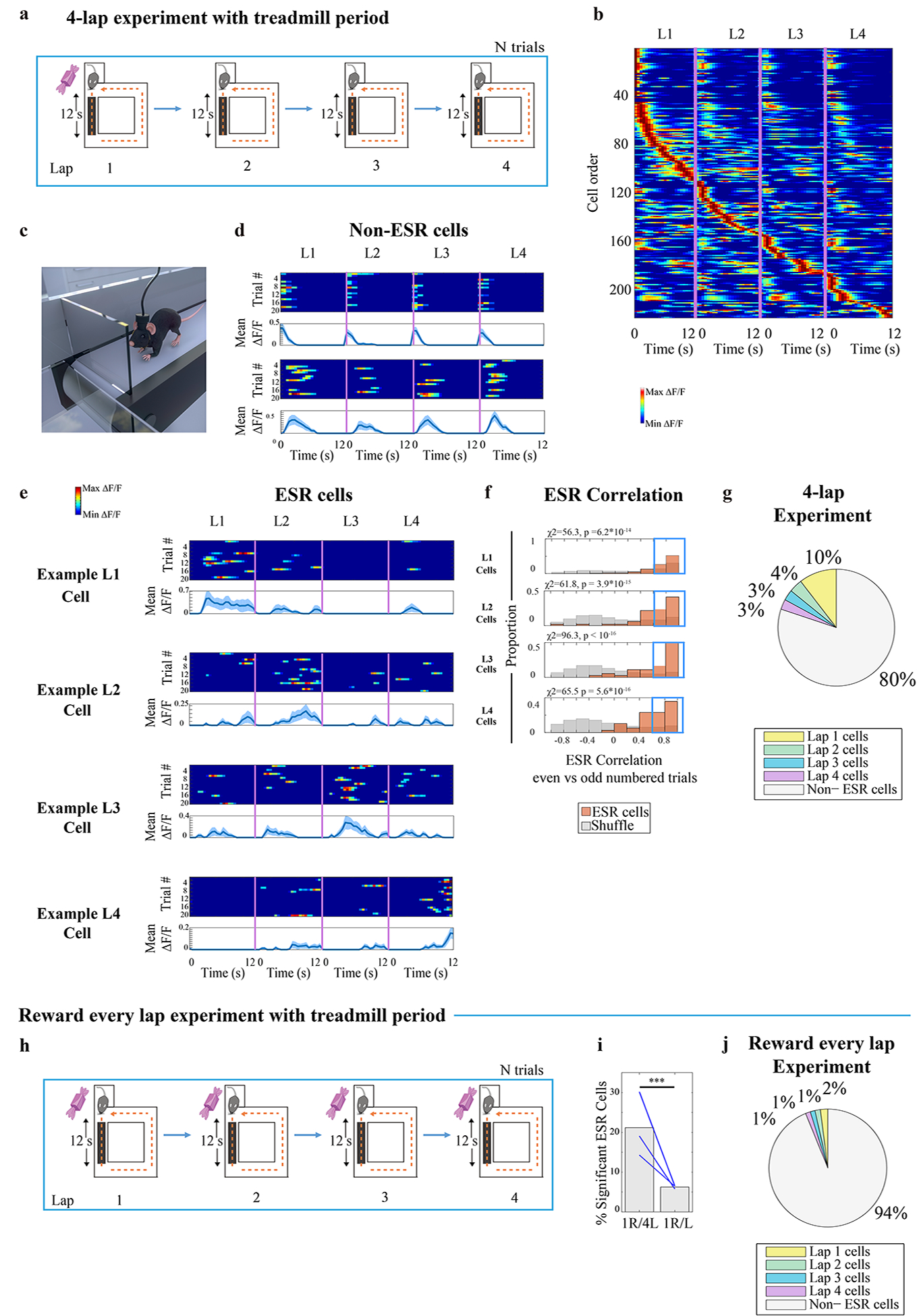Fig. 7: Discrete ESR activity occurs together with continuous non-spatial activity.

a) 4-lap-per trial experiment with 12s treadmill period on each lap. ESR activity in this experiment was only investigated during the treadmill period.
b) CA1 calcium activity sorted by time (s) of activity on the treadmill and lap number showed activity at the same time on every lap but displayed a higher activity level during a specific lap compared to other laps (222 cells from example animal).
c) Cartoon of mouse running during the treadmill period. The maze and door were not transparent in the task; shown transparent here for illustration of the treadmill below.
d—e) Trial-by-trial calcium activity of (d) example neurons that did not have lap preference, and (e) example lap 1, 2, 3, and 4 preferring neurons, respectively. Top panel: trial-by-trial calcium activity; Bottom panel: trial averaged calcium activity (mean ±SEM). The number of trials for each cell is indicated in each figure panel (d—e). Standard error was cut off at 0 because negative activity does not exist).
f) ESR correlations between even numbered trials vs odd numbered trials of individual ESR cells (243 cells, n = 5 mice) as an indicator for preservation between trials, within the session. The proportion of cells with highly preserved ESR patterns across trials (Pearson’s r > 0.6, shown in the Blue box) was significantly greater compared to shuffles.
g) Summary statistics: Percentage of ESR cells in the whole CA1 pyramidal population that were tuned to lap 1, 2, 3, or 4, in the 4-lap treadmill experiment (1222 cells, n = 5 mice).
h) Task schedule: reward was given to the animal following every lap. Every lap contained a 12s treadmill period.
i) The percentage of significant ESR cells was significantly higher during the 4-lap-per-trial task (147/696 cells total) compared with the same animals during the reward every lap task (42/481 cells), all during the treadmill period (: χ2 =65.0, p = 7.8*10−16, Blue lines: 3 mice).
j) Summary statistics: Percentage of ESR cells in the whole CA1 pyramidal population that were tuned to lap 1, 2, 3, or 4, during the reward every lap experiment during the treadmill period (681 cells, n = 3 mice).
*** denotes p < 0.001.
